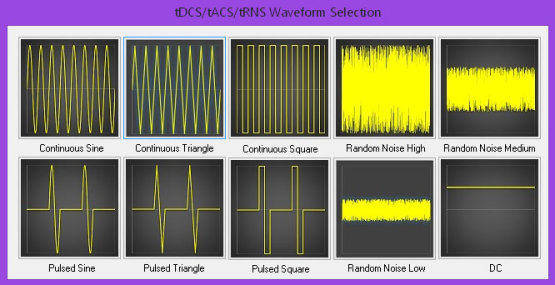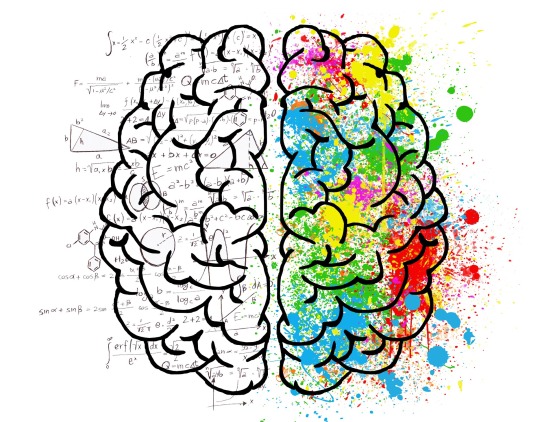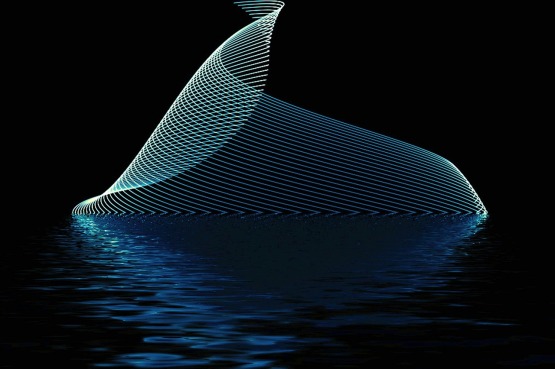Transcranial Random Noise Stimulation (tRNS)

What is Transcranial Random Noise Stimulation (tRNS)?
Transcranial Random Noise Stimulation is the newest of the stimulation modalities we use. tRNS is different from tDCS because instead of giving steady current from anode to cathode, it is giving current at randomized frequencies and milliamperes between the two sites. This means that the region of the brain between the electrodes are stimulated, increasing neuroplasticity and reducing stuck patterns.
How does Transcranial Random Noise Stimulation (tRNS) work?
Transcranial Randoim Noise Stimulation causes sodium and calcium surges in the brain, which promote neuroplasticity. This means it makes the brain more able to change and adapt. Brainwaves can be overly synchronized, which is known as hypercoherence. Imagine a group of soldiers all stepping in time. This is too rigid of a pattern and tRNS can serve to break up this kind of stuck pattern. One of the physiological manifestationsf tinnitus is an excess of hypercoherent gamma in the auditory cortex. This and other conditions can be helped through tRNS, which gives the brain a chance to unlearn these fixed patterns.


What is Transcranial Random Noise Stimulation (TRNS) used for?
We use Transcranial Random Noise Stimulation to soften patterns which are repetitive in the brain. This allows the brain to go back to healthy functionality. One example this is resolving cases of tinnitus. Tinnitus is the perception of a ringing or a sound which is not actually present. This means that there is excessive activity in the auditory cortex. It is currently the most effective known treatment for the condition (1).
tRNS has also shown benefit for learning in people with developmental abnormalities. When tRNS stimulation is given during math lessons, it helps more than sham stimulation or behavioral therapy.
1: https://www.frontiersin.org/articles/10.3389/fpsyt.2013.00158/full
doi.org/10.3389/fpsyt.2013.00158
Is Transcranial Random Noise Stimulation Safe?
A recent meta-analysis showed no serious adverse effects of over 1000 people across 33,200 sessions(2).
In our clinic, we believe it is important to listen to the brainwaves and take measurements before we apply current. For this reason, we acquire a QEEG brain map prior to stimulation.
LEARN MORE ABOUT QEEG BRAIN MAPPING
DOI: 10.1016/j.brs.2016.06.004

